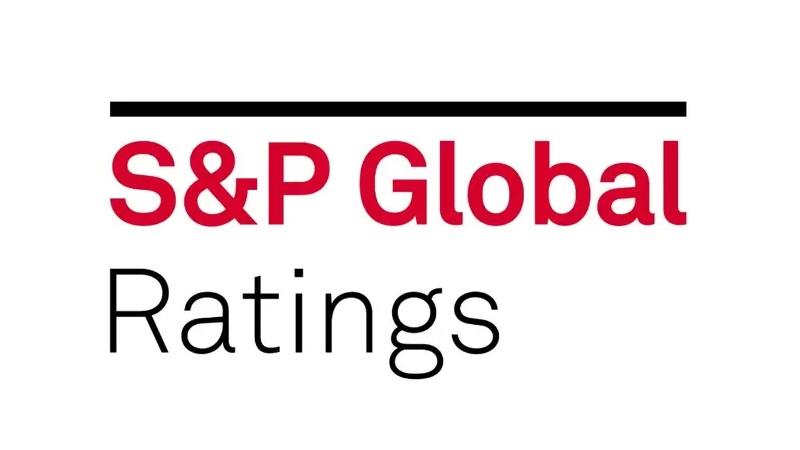S&P affirms Philippines' 'BBB+' rating, flags rising debt risks

S&P Global Ratings on Thursday affirmed its credit ratings for the Philippines, but flagged that downside risks such as the government's rising debt stock.
In its latest report, S&P kept its long-term sovereign credit rating on the Philippines at "BBB+" with a stable outlook—two notches above the minimum investment grade—which the country received in April 2019.
This is the higher end of BBB rating, which indicates that an obligor has "adequate capacity" to meet its financial commitments, but adverse economic conditions or changing circumstances are more likely to weaken its capacity to meet its financial commitments.
"We affirmed the ratings because we believe the Philippines will continue to have good economic recovery prospects once the COVID-19 pandemic is contained, and that the government's fiscal performance will strengthen accordingly," S&P said.
S&P likewise kept its short-term sovereign credit rating on the Philippines at "A-2," which means that an obligor has "satisfactory capacity" to meet financial commitments, but is somewhat more susceptible to the adverse effects of changes in economic conditions than obligors in a higher category.
This comes as the Philippines recorded an economic contraction in the past five quarters. The gross domestic product (GDP) was at -4.2% in the first quarter, following the -9.6% in the full-year 2020 which was the worst annual slump on record.
The credit watcher said it may raise the rating over the next two years if the economy recovers faster than expected, and the government achieves more rapid fiscal consolidation.
S&P noted, however, that it could downgrade the Philippines' credit rating should there be a sustained annual change in net general government debt higher than 4% of the GDP and the debt exceeding 60% of GDP, or interest payments exceeding 15% of revenues on a sustained basis.
"We may lower the rating if the Philippines' nascent economic recovery falters over the next 24 months, leading to a significant erosion of the country's long-term trend growth rate, or an associated deterioration of the government's fiscal and debt positions beyond our projections," it said.
"The country's debt and fiscal metrics have weakened amid the severe pandemic-driven downturn. However, we expect stabilization and improvement on these fronts as the economy recovers," it added.
Bangko Sentral ng Pilipinas (BSP) Governor Benjamin Diokno last week said the economic managers are watching that the ratio of the debt to the GDP remains below the internationally-recommended threshold of 60%.
"We share the responsibility of managing public sector debt with the Department of Finance, the Development Budget Coordination Committee, and the Investment Coordination Committee," he said then.
The Philippines ended 2020 with a debt-to-GDP ratio of 54.6%, up from 39.6% in end-2019.
For his part, Finance Secretary Carlos Dominguez III welcomed the affirmation of the Philippines' credit ratings.
"The Philippines, along with the rest of the world, has suffered from the shocks of the pandemic-driven health and economic crises," he said in a separate statement.
"But solid financial buffers and prudent fiscal management have placed the Philippines in a relatively strong position to generate the needed funds for COVID-19 response without touching off a worrisome debt situation down the road," he added.
The Monetary Board of the BSP has approved $15.5-billion worth of foreign loans to finance COVID-19 relief efforts as of May 7, 2021.—AOL, GMA News



